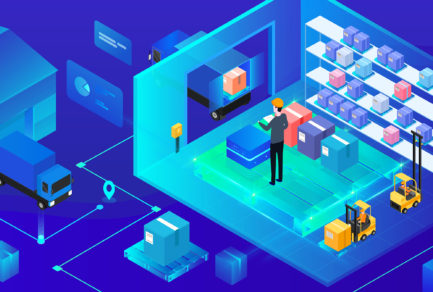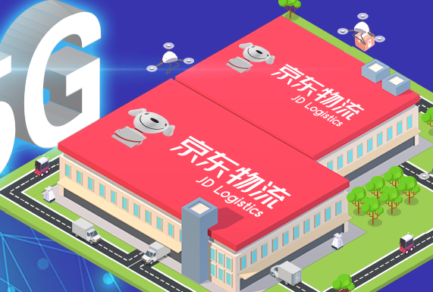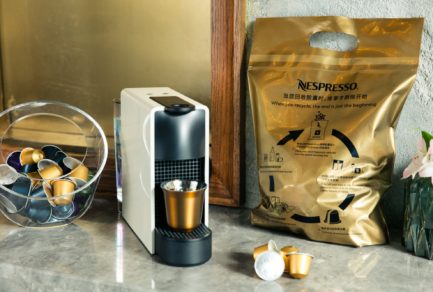Jul 2, 2018|
New Hydrogen-Powered JD.com Delivery Trucks Emit Only Purified Water
Coinciding with JD.com’s 6.18 anniversary sale, which reached a record $24.7 billion in transactions, China’s largest retailer has introduced a fleet of hydrogen energy delivery trucks to greater Shanghai.
Vehicles powered by hydrogen fuel cells are often cited as an excellent alternative to traditional vehicles run on carbon-based fuel, but the new technology requires commitment and experience to utilize effectively. JD has put dozens of new delivery trucks to use with hydrogen tanks that take only three minutes to refill. They can travel for 300km per tank while carrying up to 3.5 tons of cargo, and the only emission put out by the new vehicles, which are also known to be extremely safe, is purified water.
The new fleet is the first sizeable commercial deployment of hydrogen-powered vehicles for logistics in China, and the latest expansion of JD’s ongoing effort to make the ‘last mile’ of the distribution process carbon-free. In early June, the company rolled out a fleet of 50 solar-powered delivery vehicles in Beijing.
JD.com evaluates all sustainability initiatives by their impact on the environment as well as their efficiency and operational sustainability. Upgraded models of its solar vehicles, for example, feature solar panels on the roofs of tricycles, and can travel 50% further on one charge than previous models. A fully-charged tricycle can now run 45 km, with increased battery life, allowing drivers to make more deliveries.
“The strength of JD sustainable initiatives shows that a green approach to logistics is beneficial for the environment, and much more. By investing in these technologies and encouraging partners to do the same, JD hopes to promote green logistics across industries,” said Hui Wang, vice president of JD.com, head of the delivery department at JD Logistics. “These first forays into the world of renewable energy are the beginning of what will be a complete overhaul of the way we deliver goods to JD’s customers across the country on a daily basis. It’s a very exciting time.”
JD has already established fleets of renewably-powered vehicles in major cities across China, including Beijing, Shanghai and Chengdu, and an incentive system will encourage JD’s third-party logistics partners to switch hundreds of thousands of their delivery vehicles to renewable sources as well.
The company also has many more initiatives aimed at reducing the environmental impact of the entire supply chain, part of JD’s “Green Stream Initiative.” Programs include the use of sustainable greener packaging within warehouses, through partnerships with brands such as Lego, Nestle, Unilever, P&G, and Wyeth, with a goal of reducing the number of boxes used throughout the supply chain by 10 billion by 2020. The company also aims for 80% of packaging materials to be recyclable, over 50% of plastic packages to be replaced by biodegradable material and 100% of logistics packaging to be composed of recyclable or reusable materials.
Meanwhile, JD’s Asia No.1 warehouse in Shanghai has a fully functional solar powered system installed on the roof of the facility, an initiative JD plans to expand to its other warehouses across the country. By 2030, JD predicts it will operate the world’s largest solar powered infrastructure system, with a projected total area of 200 million square meters of solar panels.
Read more about JD’s sustainable consumption initiatives in the Trends in Green Consumption Development report.

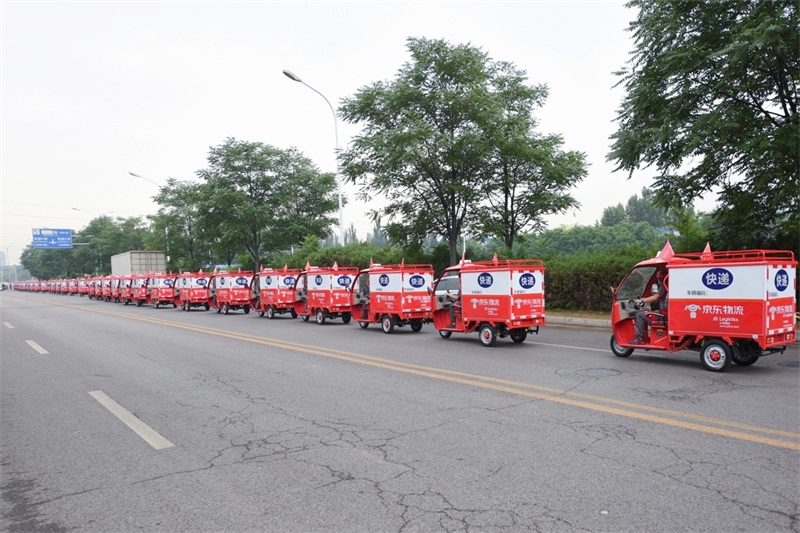
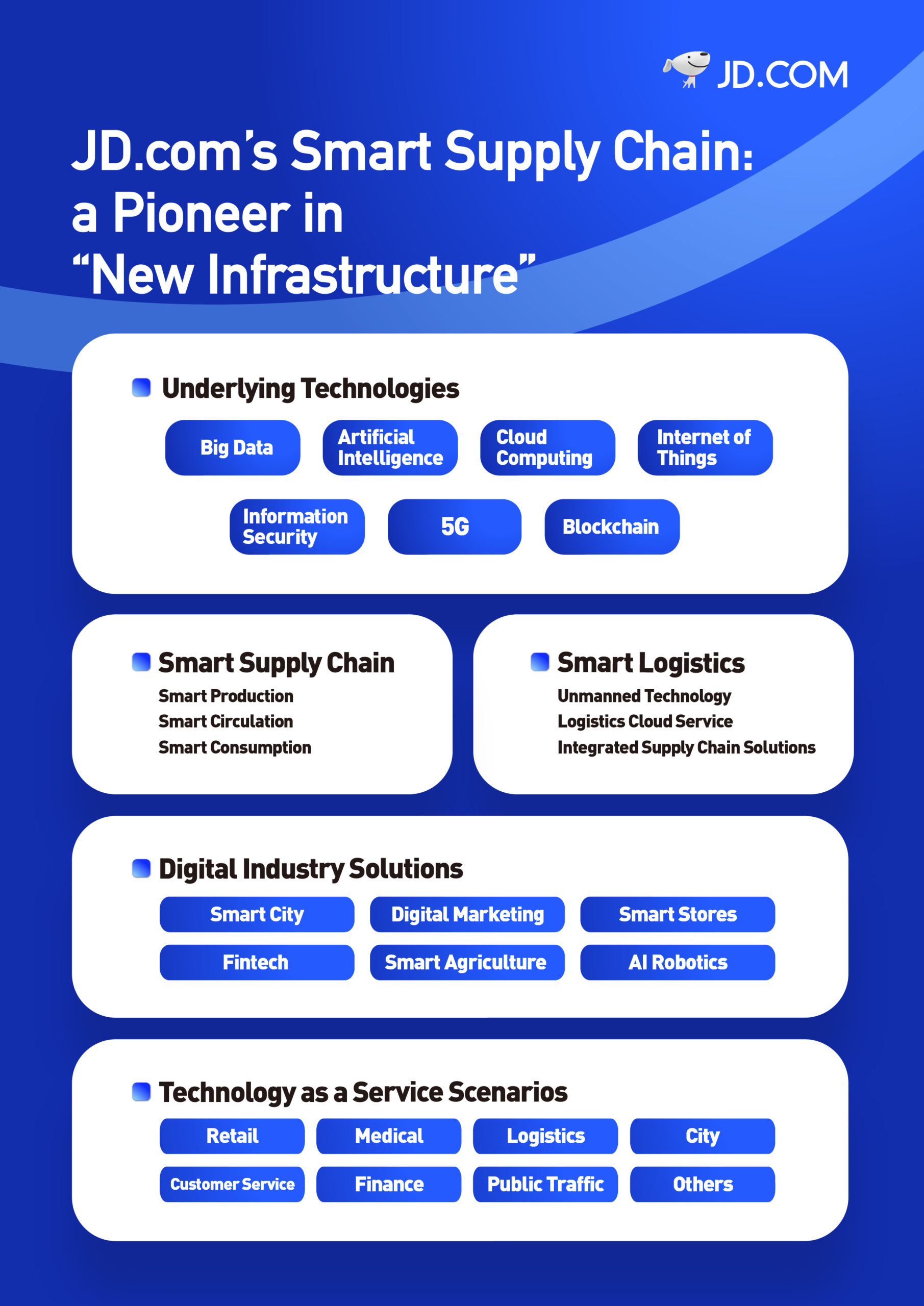
 ReTo Eco-Solutions, Inc. and JD.com Partner in Sustainable Building Push
ReTo Eco-Solutions, Inc. and JD.com Partner in Sustainable Building Push
